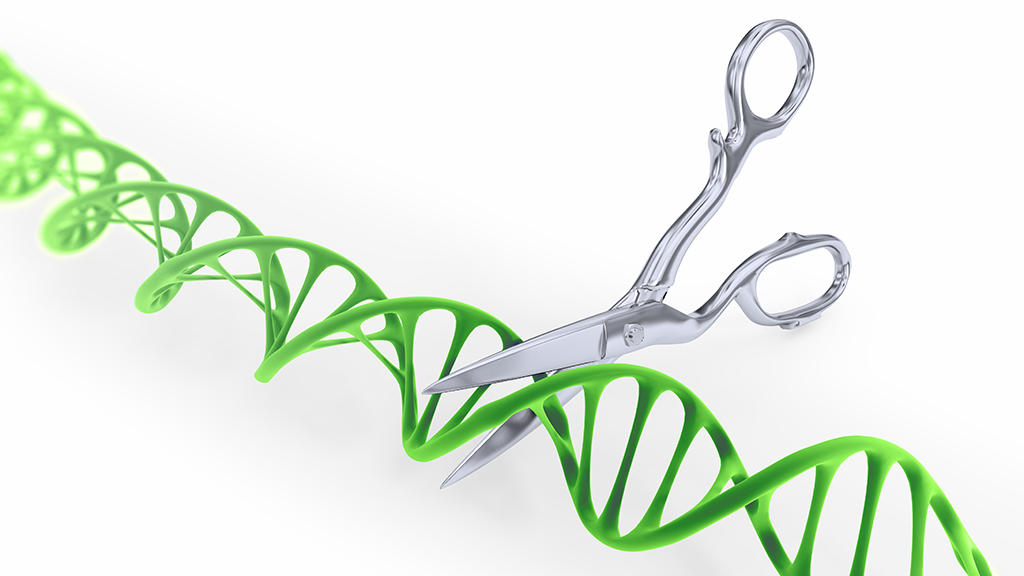Abstract
This directed case study was developed to introduce students to the CRISPR-Cas9 system for genome editing. CRISPR-Cas9 has made numerous headlines in both the scientific and popular press, and thus serves as an excellent model for learning current biotechnology and applying concepts from biology courses. After providing a general overview of CRISPR-Cas9, the majority of the case focuses on the clinical applications of the system as experienced by a carrier for the X-linked recessive allele underlying Duchenne Muscular Dystrophy. The case is structured so that students use a variety of popular and scientific sources (some of which may require a subscription to access-check with your institution), increasing in difficulty as they move through each part of the case. The goals are for students to learn the molecular mechanisms of CRISPR-Cas9, the benefits and limitations of the system, and the clinical applications of the technology. Open-ended questions are included to spark discussion of ethical considerations, societal impacts, and the overall implications of the technology.



